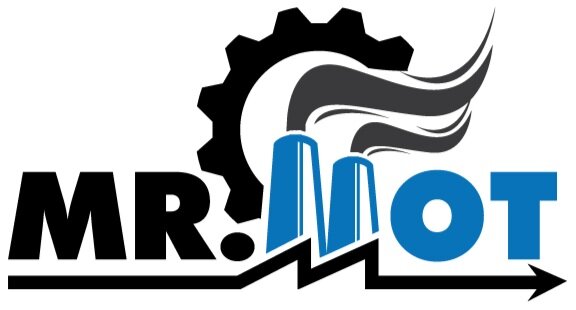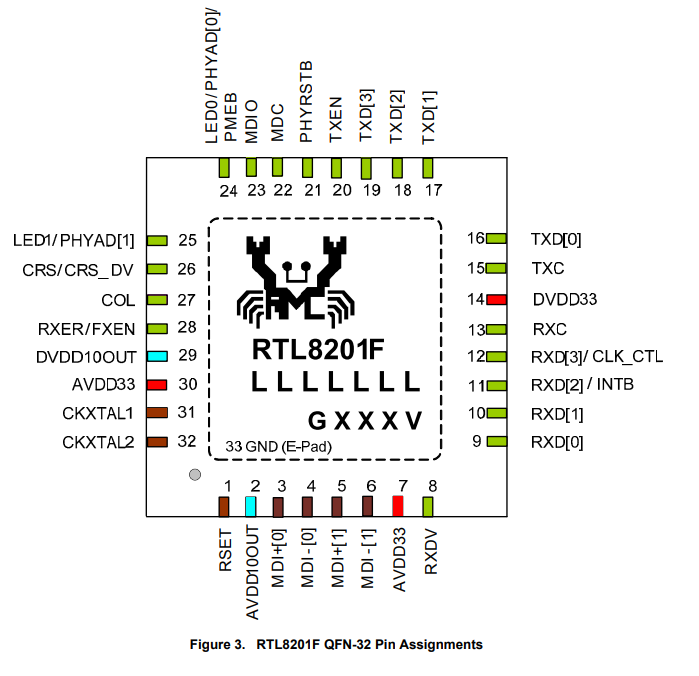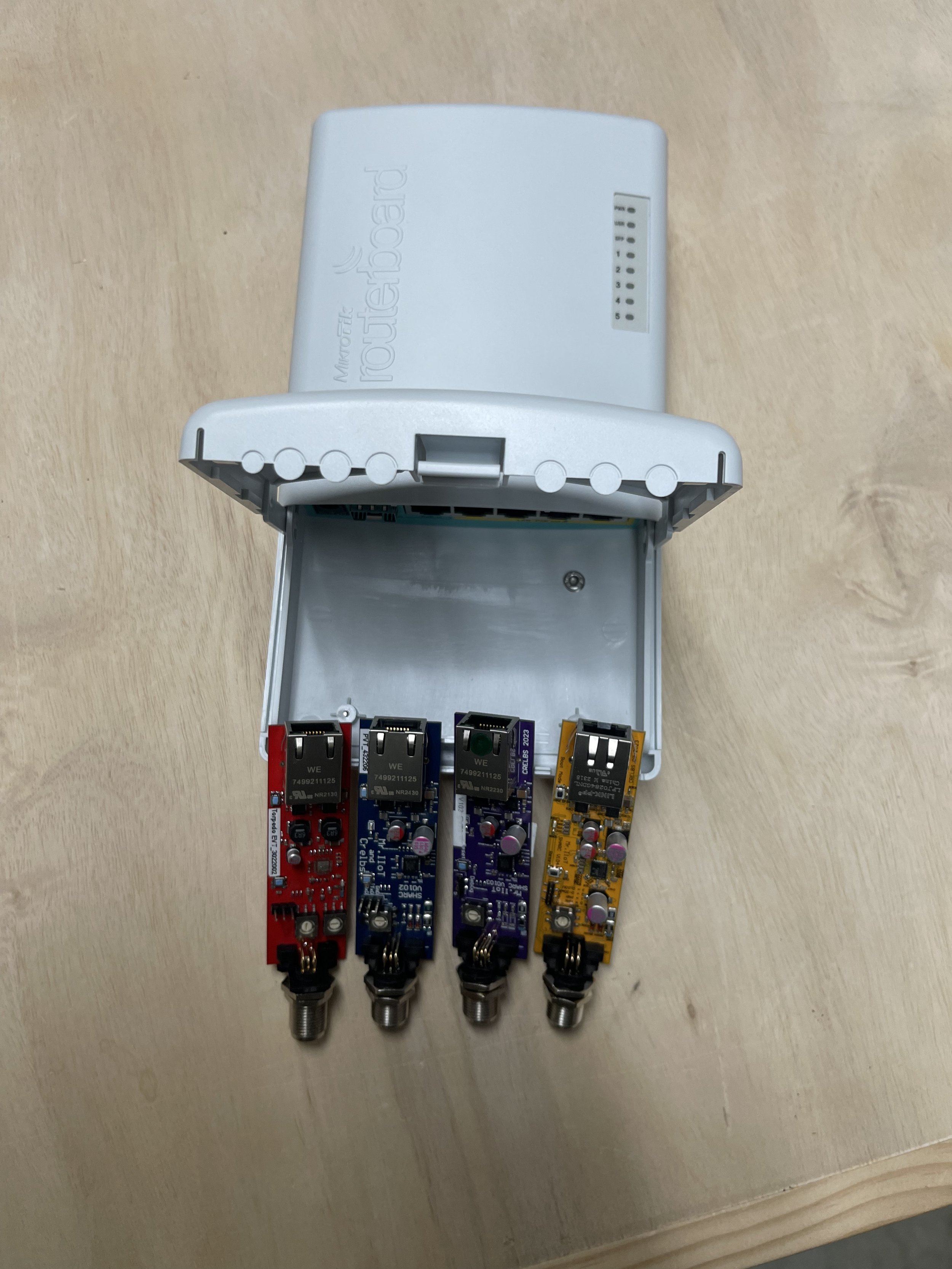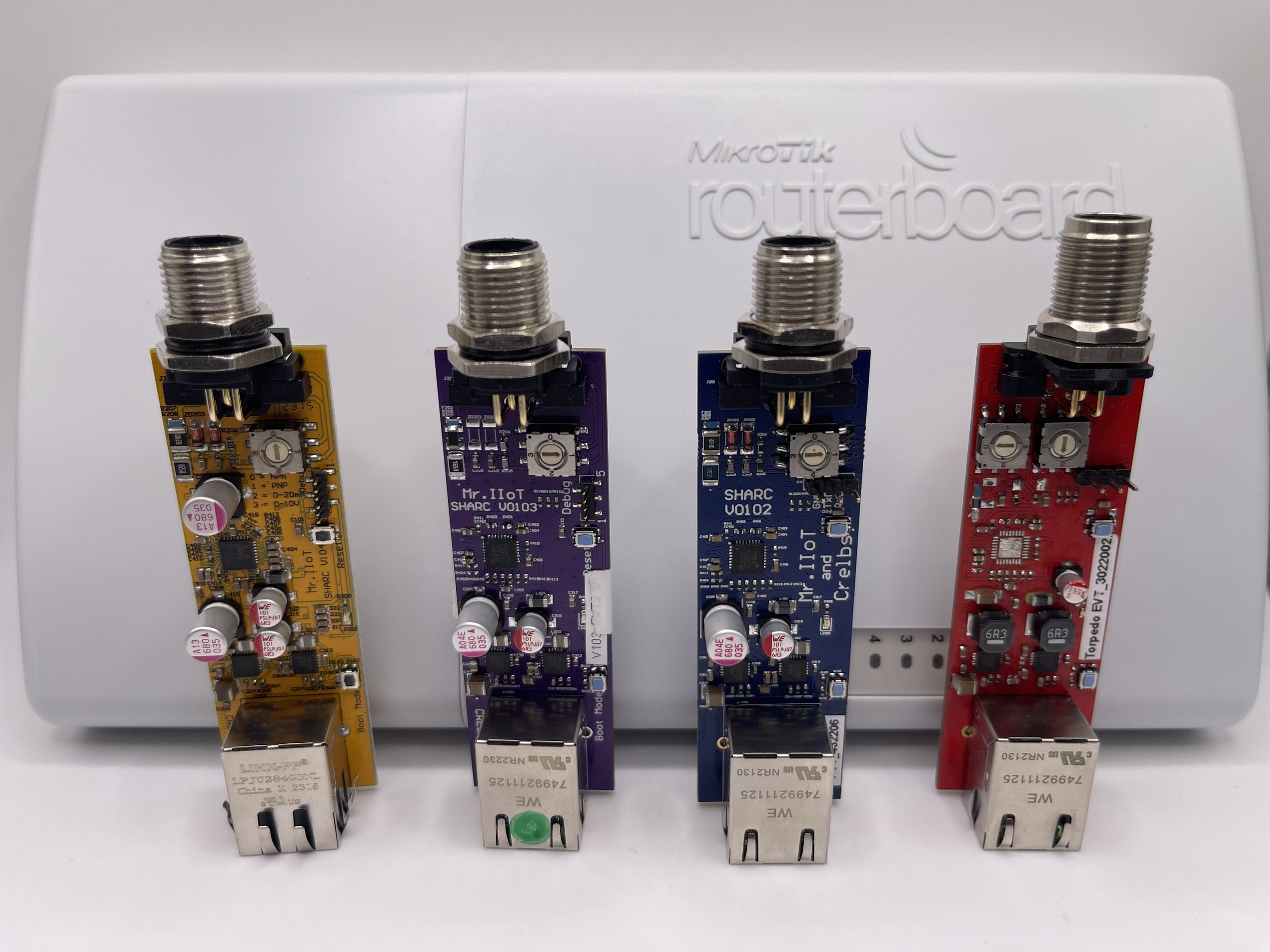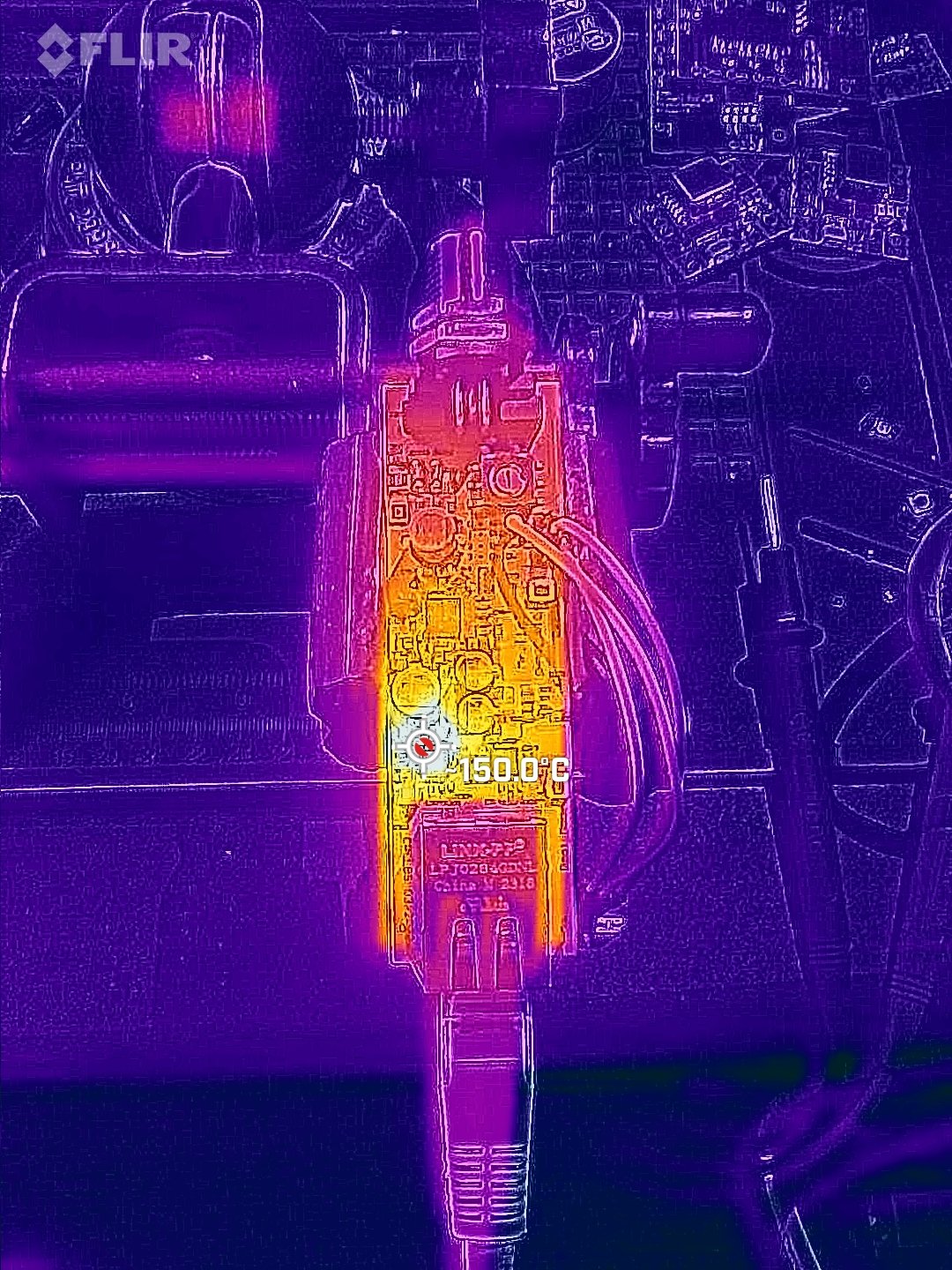SHARC Ethernet Woes
As we approach our sixth hardware iteration, we want to discuss some of the Ethernet and Power Over Ethernet issues we have discovered and are working through. Since our initial design, we have been using a Microchip LAN8720 Ethernet transceiver. This component is responsible for interfacing the ESP32 microcontroller with the RJ45 jack. This seemed to be a good design decision at the time due to its widespread use in consumer and industrial electronics.
Changing from LAN8720 to RTL8201
However, a couple of months into testing we began to encounter a high failure rate of this specific component. Our software, firmware, and hardware engineers got together, reviewed the design, and attempted to reproduce the issue, but we were stumped. We eventually discovered that various products using the LAN8720 component have been encountering Ethernet failures as reported by customers. We engaged Silicognition out of Colorado to help us. We abandoned the Microchip component in favor of Realtek's RTL8201 Ethernet transceiver.
The fifth iteration of our hardware recently arrived and we began putting the updated Ethernet transceiver through its paces. We began testing the SHARC against various Power Over Ethernet network equipment. We were particularly interested in the Mikrotik PowerBox Pro since the router itself can be powered with a single 30W drop and deliver power to four SHARCs or three SHARCs and a Linux IPC.
What threw us for a loop is that Mikrotik's PoE implementation adheres very strictly to the power delivery specification. Without a sensor connected, the SHARC operates under 10mA, which is not enough to activate power delivery without forcing power to the switch port. This did not seem like a solution since we cannot test all of the PoE switches we might encounter in the wild. At the current time, Silicognition and our hardware engineer, are revising the Power Over Ethernet circuit to comply with standards, optimize heat signatures, and ensure clean and stable power delivery to the SHARC and its connected sensor.
Heat Issues
In testing the PWM mode of the chip, our hardware engineers discovered heat issues in the inductor. We weren’t seeing these in PFM mode because the chip was only converting 10-15% of the time.
At a very high level, the fix is to use DCM mode with some inductor and power supply changes. Once that is complete and tested we will perform more tests before ordering our production boards.
We believe this is our final iteration before being able to release our SHARC hardware to the public. Once we have finalized testing internally and with our Beta customers, we can establish a firm release date. As of the time of this writing, we are pushing for August 2023.
